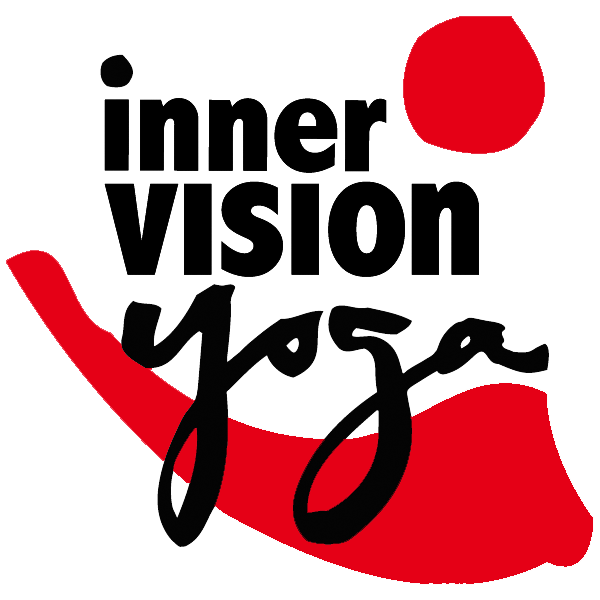The Perfect Posture
by Jeff Martens
 praiyatna = effort
praiyatna = effort
saithilya = relaxation
ananta = endless, boundless
samapattibhyam = integrated coalescense, unified contemplation
“Perfected posture is relaxation of struggle and meditation on the Infinite.”
Out of all the verses in the Yoga Sutra, Patanjali has just three sutras on asana or (meditation) posture. Essentially, they state: 1) Posture should be steady/grounded and feel good. 2) Perfect posture comes with releasing the need to struggle and meditating on the infinite. 3) When this happens, the dance of opposites will cease to trouble you.
Yoga postures can be metaphors for life and living and practice for being present through life’s challenges and celebrations, victories and defeats. Sutra 2.47 is a particularly beautiful verse for it reminds us that the practice of yoga is one of releasing the ego’s effort (the normal way we accomplish through struggle, bargaining and competition) and replace this with meditation on that which is ever-present and unchanging. This Sutra verse focuses us back into that origin and destination of all effort which encompasses the cycle of creation, preservation and destruction. When we shift from focusing on our effort to the One ‘within’ who is experiencing the effort, we shift our inner alignment toward the source from which all effort arises. Struggle and attachment to the outcome drops. The next sutra tells us that when this happens, the “dance of opposites” ceases to trouble us, making it possible for us to go far beyond the struggles of duality that so harshly defined our formerly isolated and very limited view of the world.
It is said that God appears in a form most pleasing. In the Bhagavad Gita, the Divine Oneness revealed Its true form to Arjuna until Arjuna begged God to take back the form of Krishna the Friend and Teacher. Though God as the source and destination of all things is beyond knowing by the mind alone, each one of us has an image or feeling or state of being that we associate with “God”. To hold this idea in our hearts and souls is to transform our state of being. Such a practice “lifts” our focus out of our self-centered problems which define us through lack and limitation and helps us to shift to a more free state of existing beyond mental and physical form.
So how to apply this practice in our daily life? Worry is praying for what you don’t want. Stop thinking about your vritti, about your disturbances, limitations, pains and shortcomings and think of God, or the Universal Awareness, or any form that is most pleasing, instead. Imagine how such a practice would begin to change the very core, the very root of your being and all of the thoughts words and actions that spring from your existence. Imagine how this expanded idea of what is possible in life beyond past habit could take you exactly where you need to be.
Want to discover more about the Yoga Sutras? To download a wonderful complete translation of the Yoga Sutras, visit the Yoga Sutra Article on the Inspiration Page on the InnerVision Yoga website.
Jeff Martens is a teacher, writer and co-owner of Inner Vision Yoga. All suggestions are voluntary. Consult a qualified teacher or your physician before you embark on any practice in which you are unfamiliar.
Do you have a question you’d like to ask? e-mail us by clicking here.
Take me back to the Inspiration Home Page
For more inspiring yoga essays click here…
